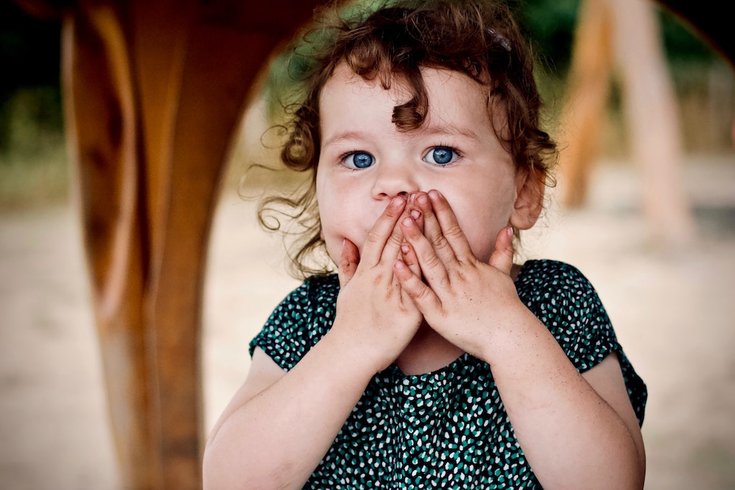
June 17, 2019
 Jelleke Vanooteghem/Unsplash
Jelleke Vanooteghem/Unsplash
Kids see their parents using the personal care products and want to emulate them. Sometimes they hurt themselves.
Childproofing a home is an integral aspect of parenting a busy toddler, ensuring that dangerous or toxic objects and materials are out of reach or inaccessible to little ones.
But a new study suggests one area of household products that many parents seem to be missing in that process: personal care products – makeup, shampoo, lotion, cologne, nail polish, and more — that capture the fancy of kids.
According to research by the Nationwide Children's Hospital published Monday in Clinical Pediatrics, personal care products sent 64,686 children under the age of five to emergency departments nationwide between 2002 through 2016. That's about one child being taken to the E.R. every two hours, according to a news release.
RELATED READ: Children's ER visits for swallowing objects doubled in the past 20 years
"When you think about what young children see when they look at these products, you start to understand how these injuries can happen," said Rebecca McAdams, MA, MPH, co-author of the study and senior research associate in the Center for Injury Research and Policy at Nationwide Children's.
The majority — 75.7 percent — of these E.R. visits occurred after a child swallowed the product, while 19.3 percent were tied to the product making contact with a child’s skin. Eighty-six percent of the exposures led to the child being poisoned and 13.8 percent led to chemical burns, the study found.
To break down the hospitalizations further, the release stated:
The top three product categories leading to injuries were nail care products (28.3%) hair care products (27.0%), and skin care products (25.0%), followed by fragrance products (12.7%). Nail polish remover was the individual product that led to the most number of visits to the emergency room (17.3% of all injuries). Of the more serious injuries that required hospitalization, more than half were from hair care products (52.4%) with hair relaxers and permanent solutions leading to more hospitalizations than all other products.
Because these products aren’t required by law to have childproof packaging, it’s up to parents to keep them out of reach. Researchers suggested a few guidelines for ensuring children’s safety, including:
• Store all personal care products “up, away and out of sight,” ideally in a cabinet with a lock or latch.
• Kids are never too young to begin implementing these preventative practices — 60 percent of these injuries occurred in children younger than 2 years old.
• Store all personal care products in their original containers.
• Put the National Poison Help Line (1-800-222-1222) into your phone contacts now, or have written and posted in a central location in your home